Cantaloupe or Muskmelon: Are They the Same Fruit?
Cantaloupe vs. muskmelon often confuses shoppers at produce markets and grocery stores.
Sweet summer fruits share similar appearances yet have subtle distinctions worth noting.
Most people recognize cantaloupes by their netted skin and orange flesh that tastes wonderfully sweet when perfectly ripe.
Many experts consider cantaloupe as simply one variety within the broader muskmelon family tree.
The naming differences actually vary by region, with North Americans using "cantaloupe" more commonly than other parts of the world.
Both fruits offer impressive nutritional benefits including vitamins A and C plus essential minerals.
Picking the perfect specimen requires similar techniques - looking for slight give when pressed and sniffing for that characteristic sweet aroma.
Read on to clear up all confusion between these delicious summer treats once and for all.
Comparing Cantaloupe vs. Muskmelon: The Similarities
First, let's check the similarities between cantaloupe and muskmelon with these key points.
Cantaloupe vs. Muskmelon: What Makes Them Different?
Muskmelons and cantaloupes have distinct qualities that set them apart from each other.
The table here will show you a brief comparison of these melons.
| Feature | Cantaloupe | Muskmelon |
| Variety | North American and European types (“true” cantaloupe) | Various types with broader traits |
| Rind | Netted with beige webbing; may stay green or turn yellow; European has green lines | Netted skin in beige, yellow, or green shades |
| Flesh | Orange, tender, high water content | Colors vary (orange to green); textures vary |
| Smell | Mild, fragrant, less musky; European distinct aroma | Strong musk-like odor |
| Taste | Sweet (European sweeter), mild (North American) | Generally sweeter with higher glycemic index |
| Health | High vitamins, low calorie, hydrating, boosts immunity & metabolism | Low calorie, hydrating, good for weight control but less vitamins |
Variety
Cantaloupe includes two main types: the North American variety and the European “true” cantaloupe.
The European type is considered the original and has distinct characteristics.
Muskmelon, on the other hand, is a broader category that includes many varieties with diverse traits.
Rind
Muskmelons typically have netted skin with colors ranging from beige to yellow to green. North American cantaloupes feature a beige web over green skin that may turn yellow when ripe.
Many newer varieties like Savor stay green even at full maturity, as they've been bred to resist discoloration. European cantaloupes differ slightly with their green and yellow exterior, often lacking the characteristic netting and instead showing green vertical stripes on the rind.
These European varieties are generally smaller than other members of the muskmelon family. The distinct appearances make it easy for you to identify different types at your local market during melon season.
Flesh
Muskmelons come in many flesh colors, ranging from orange to green, and with different intensities from light to deep shades. These fruits also provide a variety of textures - some are tender, others firm, and a few even give a nice crunch when you bite into them.
Cantaloupes only have orange flesh with a juicy, gentle texture. Despite having fewer options, cantaloupes typically contain more water in their flesh, making them especially refreshing on hot days.
Smell
Cantaloupes have a mild, fragrant aroma that is less musky compared to muskmelons. European cantaloupes are known for their distinctive sweet scent.
Muskmelons usually have a strong musk-like odor, which is where they get their name.
Taste
The taste of cantaloupes varies slightly; European cantaloupes tend to be sweeter, while North American ones have a milder flavor.
Muskmelons are generally sweeter overall and have a higher glycemic index, giving them a richer sweetness.
Health Benefit
Both cantaloupe and muskmelon are hydrating, low-calorie fruits that aid in weight control and boost metabolism.
However, cantaloupe is richer in vitamins and antioxidants, making it better for enhancing immunity and slowing aging, while muskmelons are still a healthy, hydrating option with benefits for weight management.
Ideal Dishes to Use Cantaloupe and Muskmelon
Both fruits add a fresh, hydrating, and naturally sweet touch, but cantaloupe tends to suit lighter, refreshing dishes, while muskmelon can handle a bit more robust or complex flavor combinations.
For Cantaloupe
Due to its sweet, juicy, and tender orange flesh, cantaloupe is perfect for fresh, light dishes. It works wonderfully in fruit salads, smoothies, and chilled soups like gazpacho.
Its mild sweetness pairs beautifully with savory ingredients, making it a great addition to prosciutto wraps, fresh salsas, or summer salads with cucumber, mint, and feta.
Cantaloupe also shines as a refreshing dessert ingredient, in fruit tarts or simply served chilled with a squeeze of lime.
For Muskmelon
With its broader range of flesh colors and textures, muskmelon is versatile in both sweet and savory dishes. Its sweeter, sometimes muskier flavor makes it ideal for mixed fruit salads, yogurt parfaits, and breakfast bowls.
Muskmelon can also be grilled or roasted to deepen its flavor, then paired with fresh herbs like basil or mint. In savory dishes, it complements spicy or citrusy flavors well, so it fits in salads with chili, lime, and fresh greens or even chilled melon soups.
Like cantaloupe, muskmelon is excellent as a simple chilled snack or dessert.
Other Types of Melons
Many melons exist beyond cantaloupe and muskmelon, leaving people wondering which ones taste best. Each melon brings its own unique flavor profile to satisfy different preferences.
Watermelon
Watermelon stands as the juiciest member of the melon family with its flesh holding about 92% water, perfectly matching what its name implies. During scorching summer days, nothing beats this refreshing fruit when you need to stay hydrated and cool down.
The high water content makes it an ideal snack for beach trips, picnics, or simply enjoying at home while relaxing.
Honeydew
Honeydew melons stand out as the sweetest among all muskmelons, packing up to 36% sugar content with about 13.8 grams per cup. Many people love their distinctive green flesh, which appears when the fruit fully ripens.
These sweet treats make a perfect addition to any fruit salad, bringing both color and natural sweetness to the mix.
Yubari King
Japanese Yubari King melons from Osaka grow in rich volcanic soil with exceptional care, making them incredibly expensive. The flavor bursts with sweet notes that regular cantaloupes simply can't match.
Farmers give each melon special attention throughout its growth cycle, ensuring perfect ripeness and ideal sugar content. Their beautiful orange flesh and netted skin show why collectors pay premium prices for these rare treats.
Many people save them for special occasions or give them as luxury gifts to important business partners.
How To Know Melon’s Ripeness
Picking melons at peak ripeness makes all the difference in taste and texture. With these simple checks, you can bring home melons that hit that perfect balance of juicy sweetness.
Look At The Rind
Picking a perfectly ripe melon means looking for one with a yellow-green hue on its skin. Many newer cantaloupe varieties now stay green even when fully ripe, so color isn't always the best indicator.
When faced with a display of green cantaloupes, your best strategy is to examine each one carefully for a smooth rind without any unusual marks, spots, or blemishes. This careful inspection helps ensure the fruit inside will be sweet and juicy, ready to enjoy at home.
Feel The Stiffness
Picking a ripe melon means paying attention to how it feels in your hands. Any melon that seems too light for its size isn't ready to eat and has a hard outer skin that gives it away.
The best melons always surprise you with their weight - they feel substantial and dense when you hold them, signaling all that juicy sweetness waiting inside. Your fingers can tell the difference right away between an unripe disappointment and a perfect melon that's ready to enjoy.
Check The Stem
Ripe melons have a special way of telling us they're ready - they actually fall off the vine by themselves! When shopping for these sweet treats, take a quick look at where the stem connects.
Many store-bought melons show a woody stem attached, which means farmers picked them too early. The best melons show an indented scar where the stem used to be, a natural sign that the fruit separated from its vine at just the right time.
This little detail helps you spot truly ripe melons that will taste much better than their prematurely harvested counterparts.
Check The Smell
Ripe melons always give off a sweet, noticeable scent that helps you spot them right away. When you're at the store surrounded by countless options and can't immediately detect which one smells the best, simply move to examining the stem area with a gentle press.
The perfectly ripe cantaloupe releases a distinct floral fragrance that's easy to recognize, while overripe ones tend to have an overpowering or sometimes even unpleasant odor when sniffed closely. Those not yet ready for eating typically carry a mild squash-like smell that indicates they need more time to mature.
Got Questions? We’ve Got Solutions
1. Is cantaloupe the same as muskmelon?
While all cantaloupes are muskmelons, not all muskmelons are cantaloupes. Cantaloupe is a specific variety of muskmelon. Muskmelon is the broader category that includes cantaloupe, honeydew, and other similar melons.
2. Which is sweeter, cantaloupe or muskmelon?
Cantaloupes generally have a sweeter, more fragrant flavor compared to other muskmelon varieties. However, sweetness can vary depending on ripeness and growing conditions.
3. Can I substitute cantaloupe for muskmelon in recipes?
Yes, you can typically substitute cantaloupe for other muskmelon varieties in recipes. The flavor profiles are similar enough that they work well in the same dishes, though there might be slight differences in sweetness and texture.
4. How do I know when a cantaloupe or muskmelon is ripe?
A ripe melon will have a sweet aroma at the stem end, give slightly to gentle pressure, and feel heavy for its size. For cantaloupe specifically, the rind under the netting should turn from green to a more yellowish or cream color when ripe.

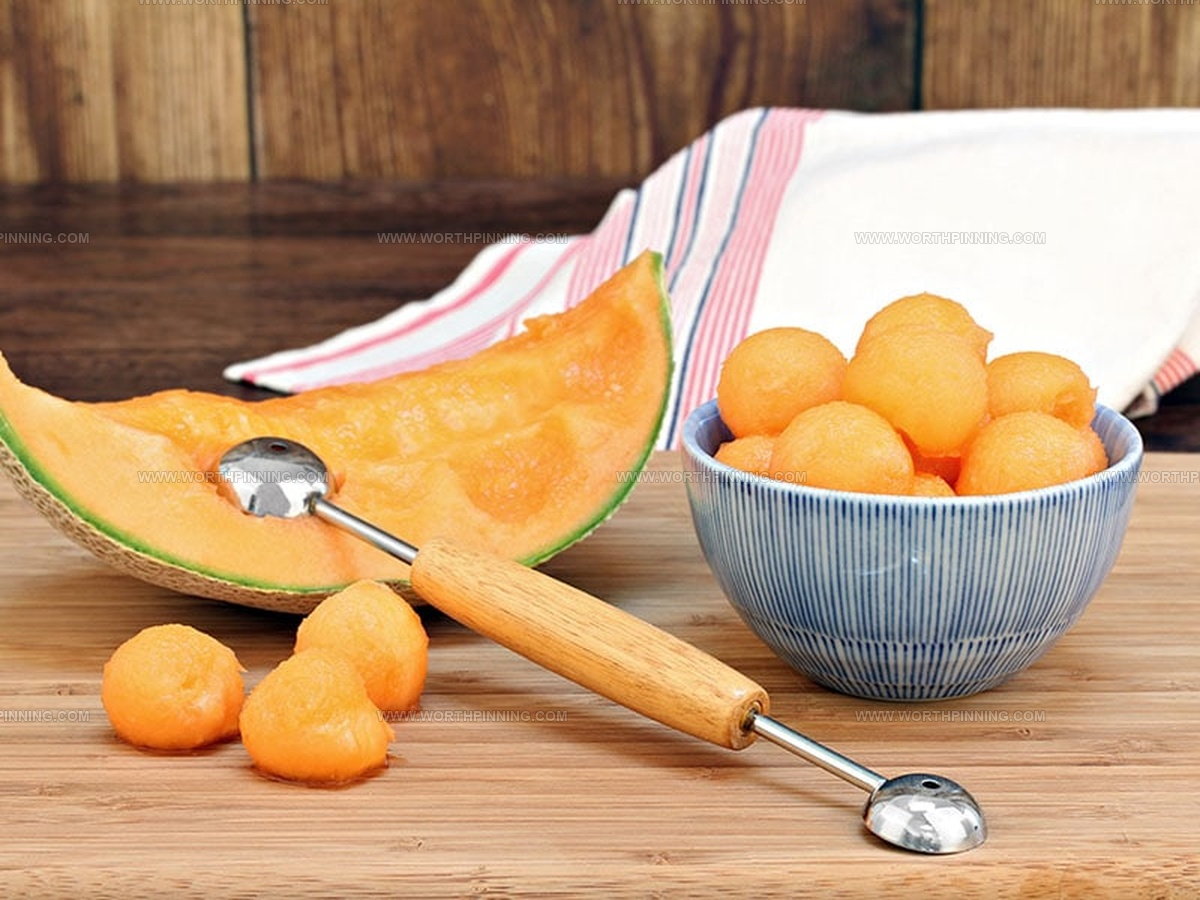
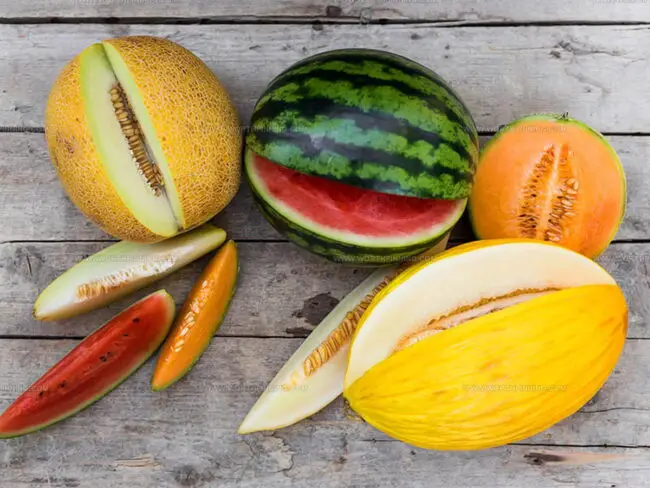

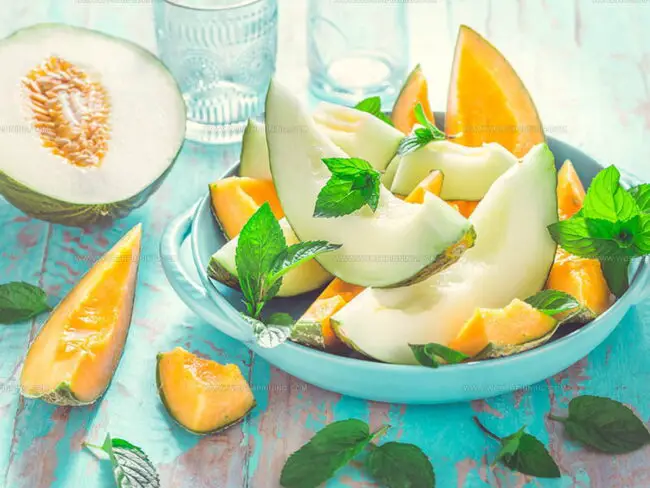
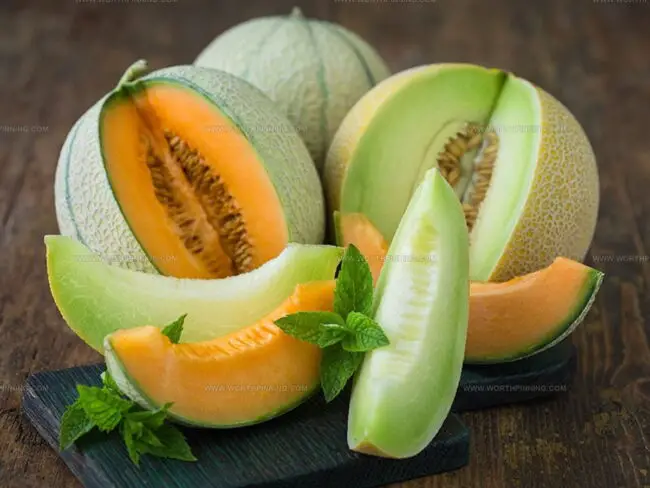
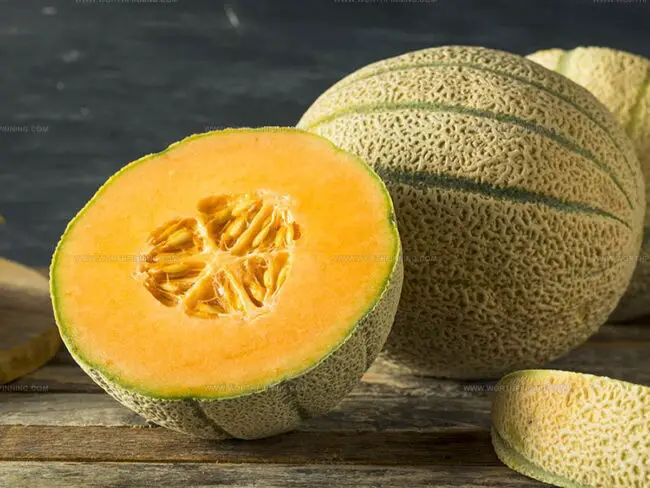
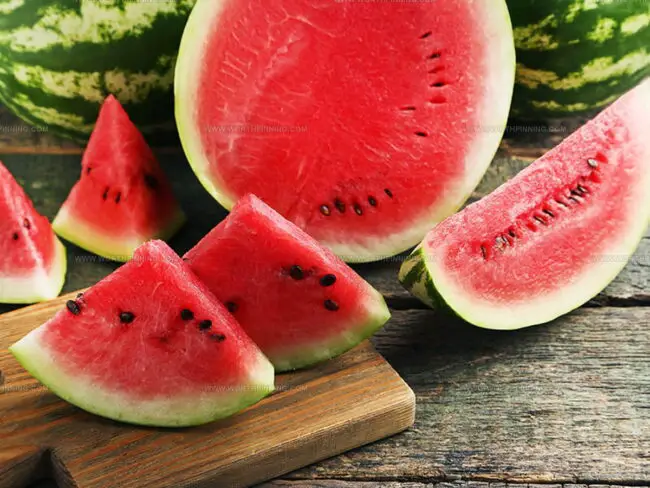

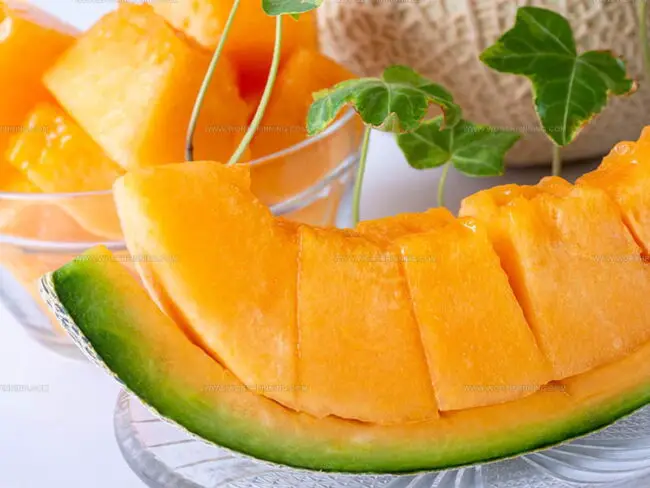
Sophia Rivera
Recipe Developer & Kitchen Tips Specialist
Expertise
Education
Austin Community College
San Antonio Culinary Institute
Sophia’s passion for baking began in her family kitchen, where she spent hours experimenting with new recipes. With a background in baking and pastry arts, she loves making desserts that are as visually stunning as they are delicious.
Sophia is all about using seasonal, locally sourced ingredients to create treats that everyone will enjoy. When she’s not creating mouth-watering desserts, you can find her gardening, making new recipes, or enjoying a relaxing afternoon with her family.